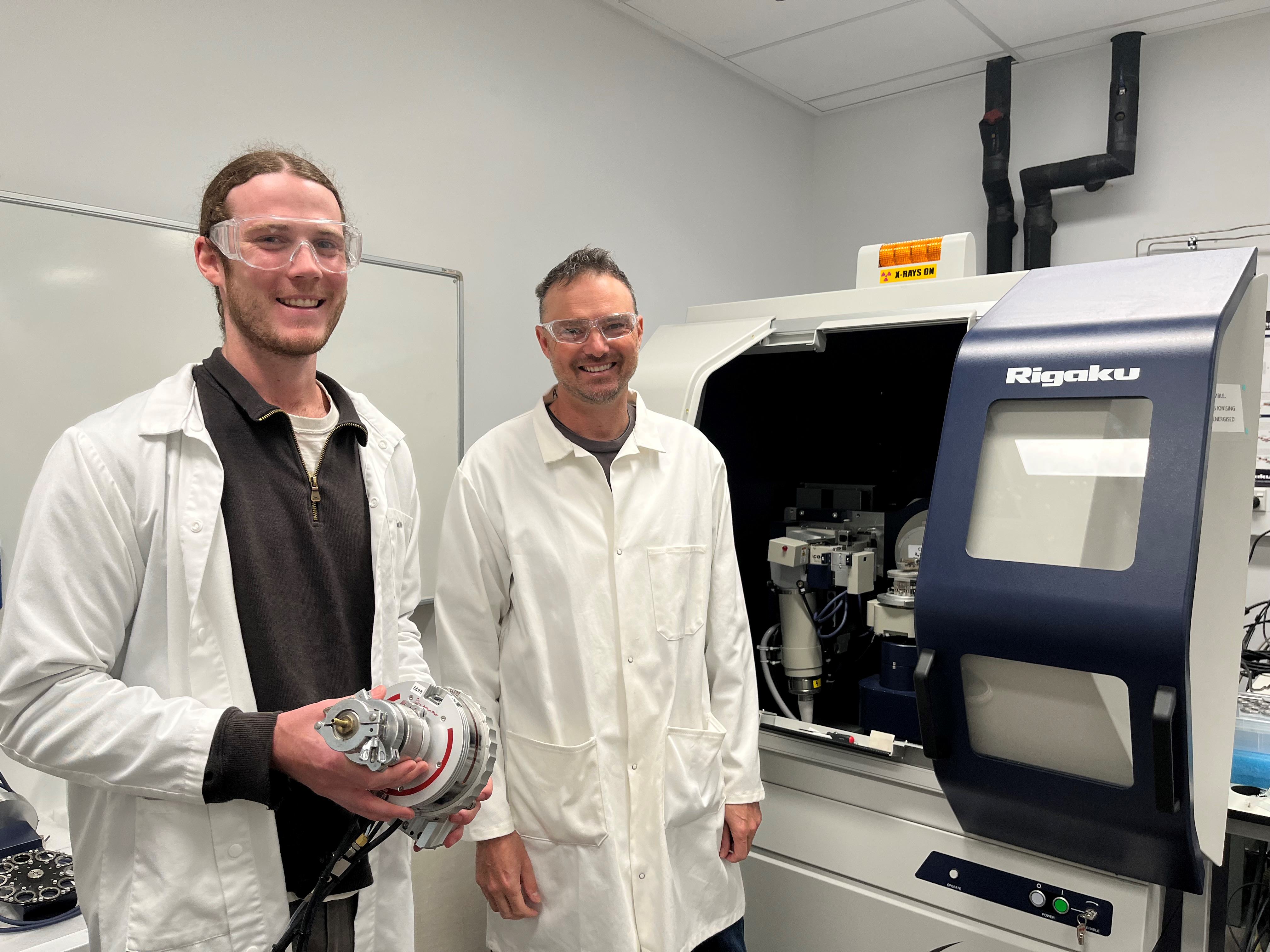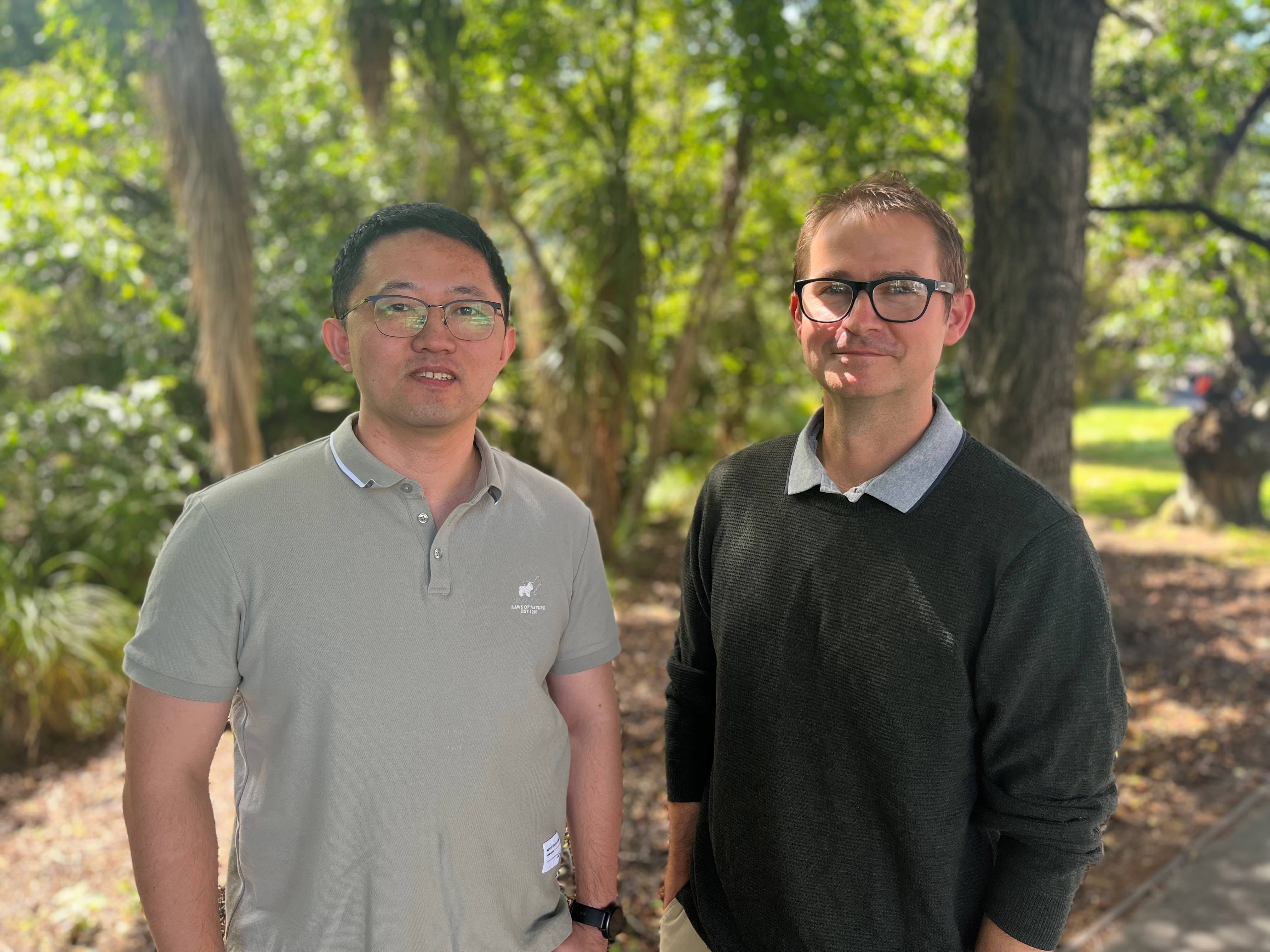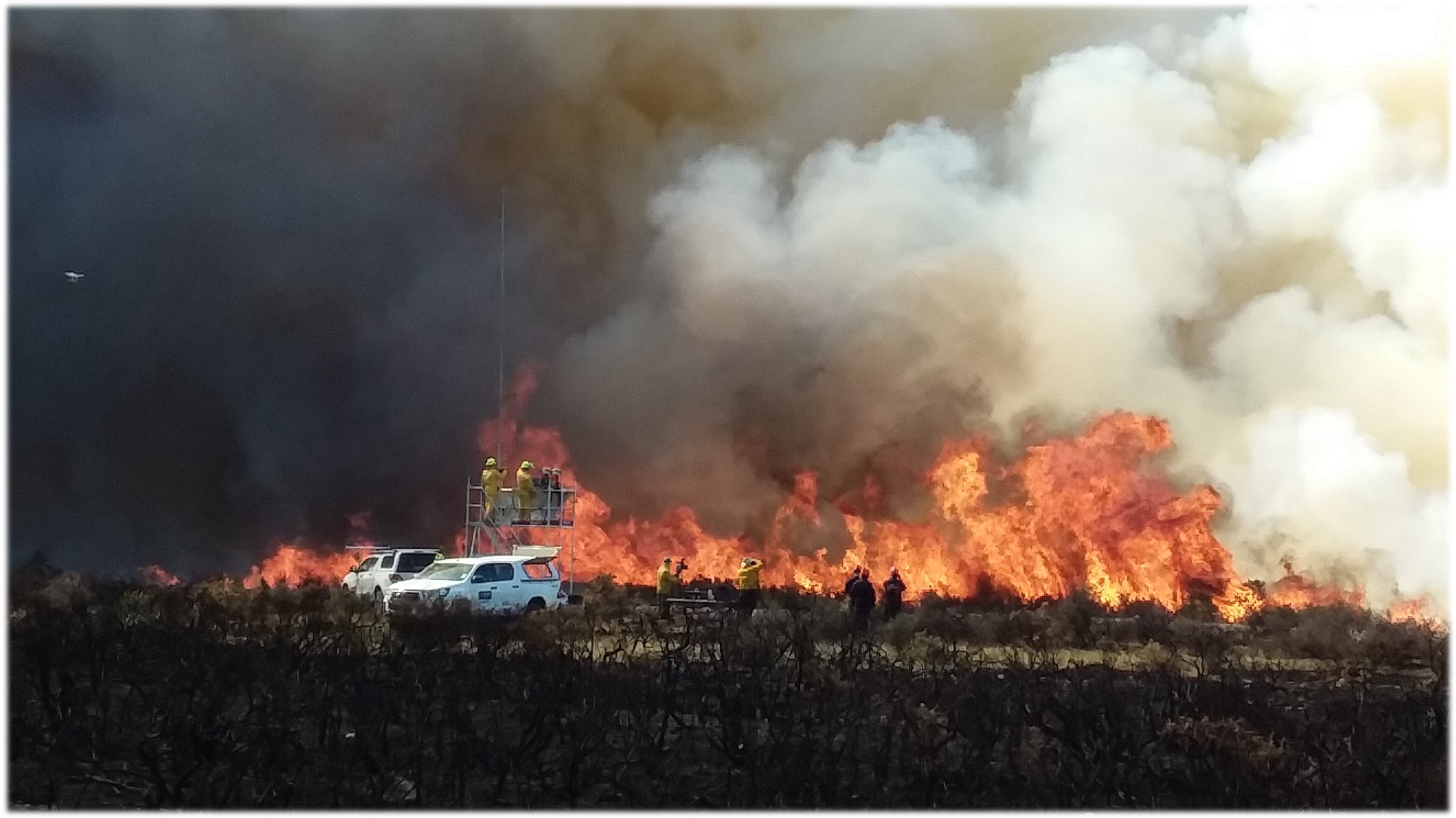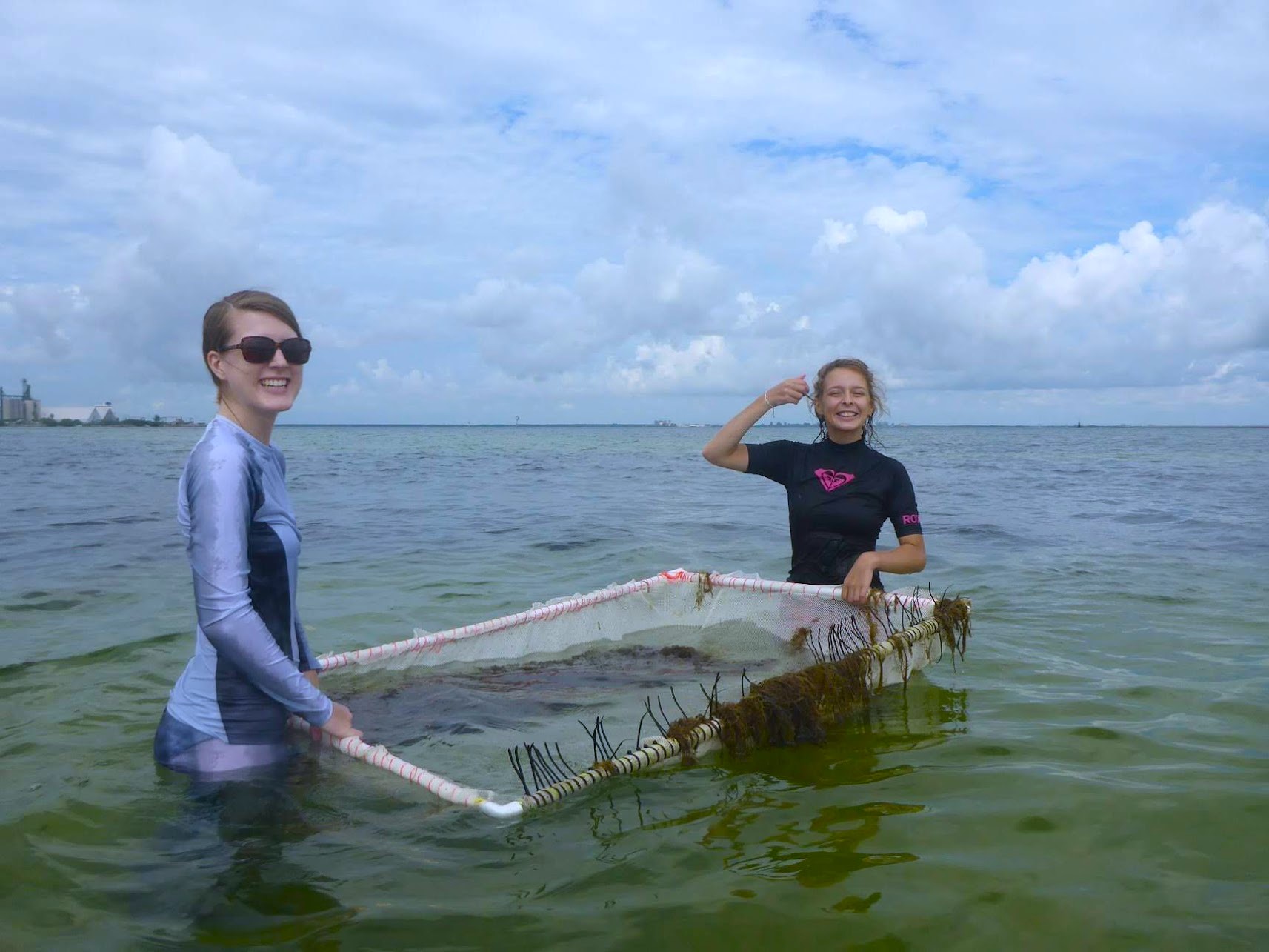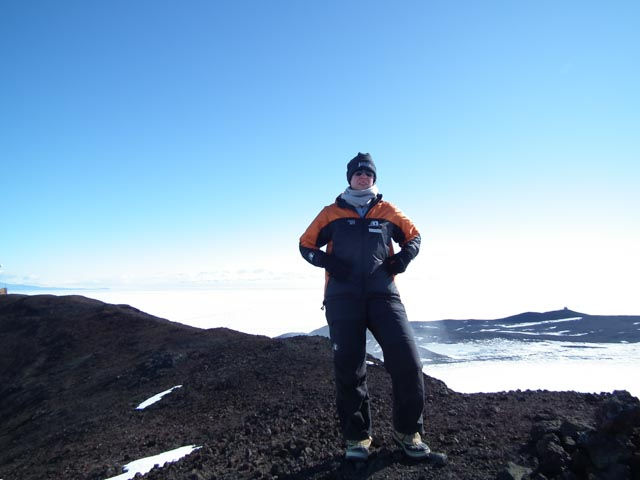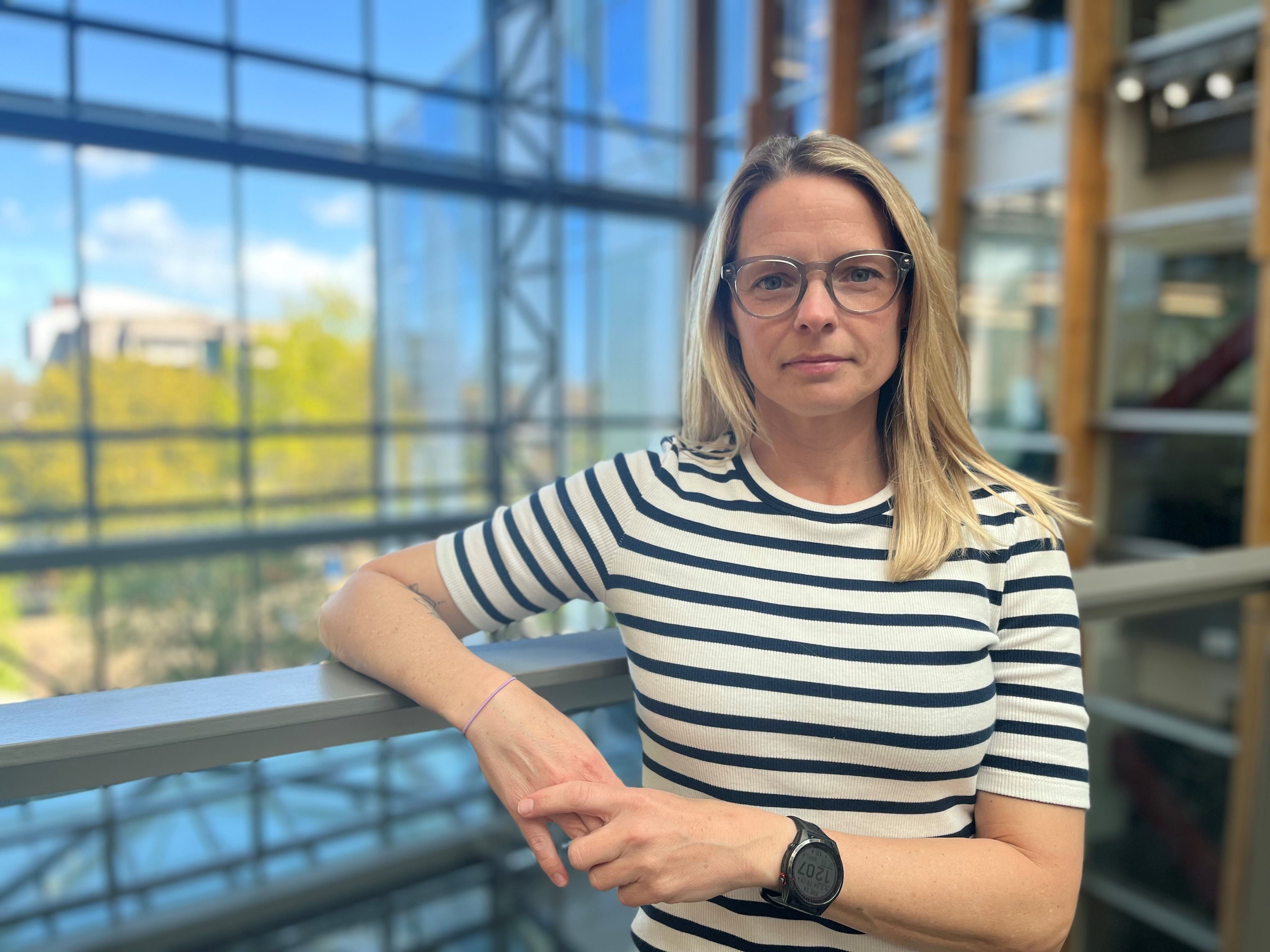“These measurements would assist policing and health agencies to track which substances are available on the street, and determine their exact concentrations, helping to reduce the harm caused by people taking them,” he says.
NMR is a leading technique in analytical chemistry but at present it is only used in universities due to its high cost and complexity. Professor Holland says compact, benchtop NMR systems have been developed but are not yet widely used.
“We’re analysing data using machine learning so that we get the same accuracy and precision from a benchtop tool as you would from a full-size system. We’re hoping to be able to extend this analysis to new and emerging substances using the world’s first fully-automated quantitative analysis of NMR data.”
Harm caused by illicit drugs costs Aotearoa New Zealand an estimated $1.8 billion a year, and in the United States illicit drug related deaths are increasing at a rate of 10,000 each year.
Professor Holland says quick identification of new substances, coupled with public health messaging, has the potential to save lives. “Research shows that up to 60% of New Zealand university students admit to taking illicit drugs and about 15% of the general population are regular users of such substances.”
He says the illicit drugs market is completely unregulated and 50 new illicit substances are reported each year. On the street these substances are sold as ‘synthetic’ or ‘designer’ drugs. “At the moment we often can’t identify exactly what these new drugs are, and we can’t quantify the amount of the active substance. With our new NMR technique, we can make this process faster and more accurate, while also keeping it relatively cheap and accessible.”
Professor Holland says there have been recent instances in Aotearoa New Zealand where a substance that was sold to people as MDMA (Ecstasy) was actually eutylone, a synthetic drug often referred to as “bath salts”, which can cause dangerous side effects and even overdose.
Aotearoa New Zealand has been world-leading in terms of legalising drug checking services, making it the ideal place to develop this new testing technology, he says. The 2021 Drug and Substance Checking Legislation Act aims to create a safer environment for people to get drugs tested.
Professor Holland has been working closely with ESR (the Institute of Environmental Science and Research) and says the new testing approach could be used by law enforcement, drug testing centres and in forensic testing labs.
He believes drug testing using benchtop NMR is unlikely to be carried out on site at festivals unless they have a mobile lab-type environment, but it could have a place in drug checking centres where people can check illicit drugs before going to a festival or party.
Professor Holland’s research project also has a social science and health component, and he plans to work with social scientists at UC to investigate the reasons behind drug use, how potential harm can be reduced and current barriers to drug checking.
In future the methods the team is developing could be adapted for a variety of other analytical chemistry applications, such as in food quality control, chemical or polymer manufacturing, or pharmaceutical manufacturing. The eventual commercial market for analysis across these sectors could be worth US$2 billion, Professor Holland says.



